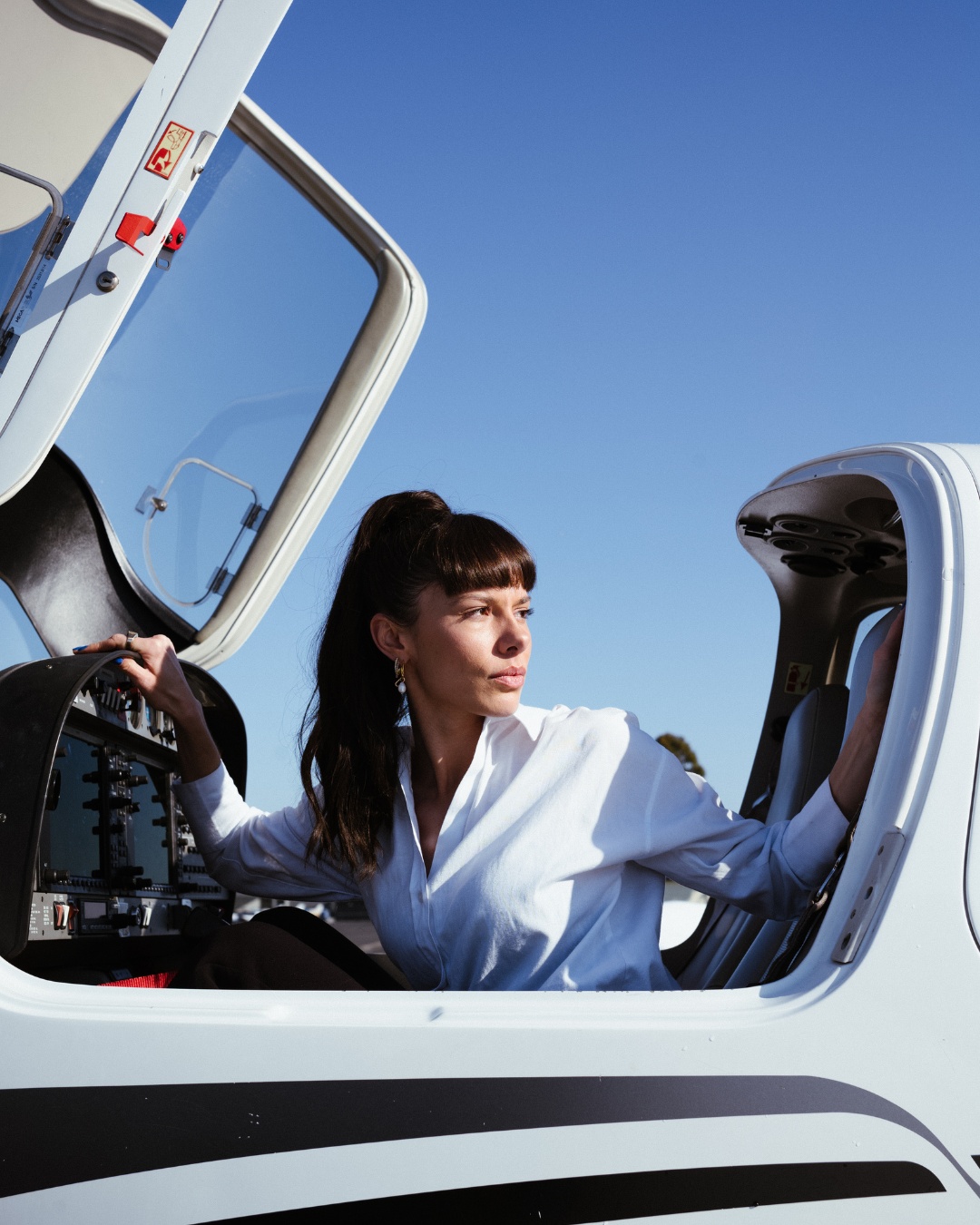
October 15, 2023
Women in Aviation: Encouraging Diversity in Australian Skies
Breaking Stereotypes: Women in Aviation
When you think of aviation, what comes to mind? Pilots navigating the skies with precision, air traffic controllers orchestrating seamless takeoffs and landings, and engineers designing cutting-edge aircraft—these are just a few facets of this dynamic industry. However, one aspect that deserves more attention is gender diversity in aviation. In this blog post, we’ll delve into the significance of promoting the participation of women in aviation, a traditionally male-dominated field.
A Historical Perspective of Women in Aviation
For decades, aviation has been marked by the perception that it is a predominantly male profession. While pioneering aviators like Amelia Earhart and Bessie Coleman broke through gender barriers in the early 20th century, the aviation industry has been slow to diversify its workforce.
The Current Landscape
Despite significant advancements in gender equality across various sectors, the aviation industry still faces gender disparities. According to the International Air Transport Association (IATA), women account for just over 5% of airline CEOs worldwide, and female pilots make up only about 5% of the global pilot workforce. These statistics highlight the need for change.
The Significance of Gender Diversity in Aviation
1. Tapping into a Larger Talent Pool
Promoting gender diversity in aviation allows the industry to tap into a broader talent pool. By encouraging more women to pursue careers in aviation, we can unlock a wealth of untapped potential and innovative thinking.
2. Improved Safety and Decision-Making
Diverse teams tend to make better decisions. In aviation, where safety is paramount, diverse perspectives can lead to more comprehensive risk assessments and creative problem-solving. Having a mix of genders in decision-making roles enhances overall safety.
3. Economic Advantages
A more diverse aviation industry can lead to economic benefits. It can help attract a wider customer base and cater to the needs and preferences of a more diverse population. This can result in increased revenue and growth opportunities for airlines, manufacturers, and service providers.
4. Inspiring Future Generations
Visibility matters. When young girls and boys see women thriving in aviation careers, it inspires them to pursue their dreams without limitations. This can have a cascading effect, encouraging more young women to choose aviation as a career path.
Challenges and Solutions
1. Stereotypes and Bias
One of the primary challenges women face in aviation is the persistence of stereotypes and biases. The industry must actively work to eliminate these stereotypes and provide equal opportunities for all.
2. Mentorship and Support
Establishing mentorship programs and support networks within the industry can help women navigate the challenges they may encounter. Having role models and allies can make a significant difference in career progression.
3. Educational Outreach
Aviation organizations, schools, and institutions should actively engage in educational outreach programs to encourage young women to explore aviation-related fields. These programs can include scholarships, workshops, and career expos.
4. Inclusive Policies
Employers in the aviation sector should implement inclusive policies and practices, such as family-friendly policies and flexible work arrangements, to support employees in balancing their personal and professional lives.
The Way Forward: A United Effort
Promoting gender diversity in aviation is not solely the responsibility of women. It’s a collective effort that involves individuals, organizations, and governments working together. Here’s how we can move forward:
1. Encourage Dialogue
Open and honest conversations about gender diversity in aviation can raise awareness of the challenges and opportunities. It’s essential for all stakeholders to engage in these discussions.
2. Set Targets and Goals
Aviation organizations should establish clear targets and goals for gender diversity in their workforce. These targets can provide a roadmap for progress and hold organizations accountable.
3. Invest in Education and Training
Investing in education and training programs that promote gender equality and diversity can prepare the next generation of aviation professionals for a more inclusive industry.
4. Recognize Achievements of Women in Aviation
Celebrate the achievements and contributions of women in aviation. Recognizing their accomplishments can inspire others and reinforce the value of gender diversity.
In conclusion, promoting gender diversity in aviation is not just a matter of fairness; it’s a strategic imperative for the industry’s growth and success. By breaking down barriers, challenging stereotypes, and creating inclusive environments, we can empower women to take flight in aviation careers, ensuring a brighter and more diverse future for the industry we all love.
At Learn To Fly, we actively encourage the participation of women across all of our flight training programs. We are committed to helping shape the next generation of female pilots into ideal candidates for airline, helping to improve the diversity of the workforce. If you’re a woman considering a career in aviation, be sure to check out our Diploma of Aviation (Commercial Pilot Licence – Aeroplane). We hope to see you in the skies soon!
What Else Should I Know?
We’ve compiled a few useful posts that might help you out. Where ever you are on your aviation journey, the team at Learn To Fly Melbourne are here to help. We want you to pass your exams and have an excellent career, so please reach out if we can help support you through your course and studies!
Aspiring Career Pilots – Here’s Why You Need a Diploma of Aviation
With so many different types of aviation qualifications out there, which one should you choose? And which Melbourne flight school do you approach? These can be tricky questions to answer, so let us help you out.
Flight Instructor Rating – The Perfect Start For New Commercial Pilot Graduates
What is the best way to get started and set yourself on the right career path for your dream pilot job? In our opinion, it all starts with a Flight Instructor Rating. Let’s find out why!









